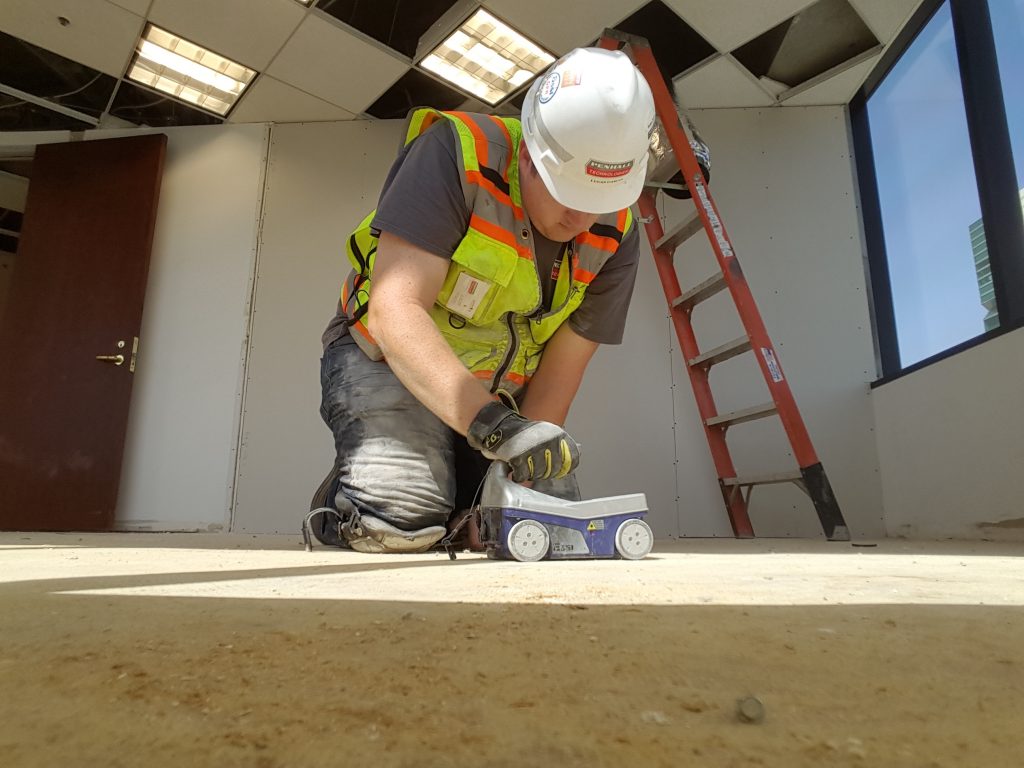RainierGPR Service Areas: Relied On Concrete Scanning Solutions in Multiple Locations
RainierGPR Service Areas: Relied On Concrete Scanning Solutions in Multiple Locations
Blog Article
Enhancing Task Planning and Implementation Through Advanced Concrete Scanning Strategies
In the world of project planning and insight, execution and precision are crucial components that can make the distinction between success and setbacks. Advanced concrete scanning methods have actually emerged as an advanced tool set to raise the standards of project monitoring within the building and construction industry.
Benefits of Advanced Concrete Scanning Strategies

Improved Accuracy in Task Evaluations
Enhancing project analyses with advanced concrete scanning methods substantially increases the precision and integrity of construction examinations. By using advanced scanning modern technologies such as ground-penetrating radar (GPR) and 3D imaging, job teams can currently acquire thorough understandings into the condition of concrete structures, identifying possible defects or weak points that may not show up to the naked eye. This improved level of accuracy in task analyses makes it possible for construction experts to make even more educated choices concerning fixing and maintenance approaches, causing boosted general task end results.
Additionally, the increased precision in task assessments accomplished via advanced concrete scanning strategies helps in lessening the threat of unexpected problems throughout the construction phase. By proactively detecting concealed abnormalities within concrete frameworks, such as rebar corrosion or spaces, task teams can attend to these concerns early, staying clear of pricey delays and remodel later on in the task lifecycle. Ultimately, the enhanced accuracy in task analyses promoted by innovative concrete scanning techniques contributes to greater performance, cost-effectiveness, and quality in building projects.
Early Identification of Structural Obstacles
Early detection of structural challenges plays a crucial role in making sure the honesty and safety and security of concrete structures throughout the building process. Identifying potential issues at an onset enables prompt treatment, protecting against expensive rework, timetable delays, and safety risks. Advanced concrete scanning techniques, such as ground-penetrating radar (GPR) and 3D imaging, enable job groups to discover hidden defects, gaps, support format disparities, and other anomalies that can compromise the structure's stability.
By implementing these strategies during the preparation and implementation phases, building and construction experts can proactively attend to structural obstacles before they rise into significant troubles. For circumstances, identifying poor concrete cover over support bars early on can stop corrosion and architectural weakening over time - RainierGPR Service Areas. In addition, identifying variations in concrete thickness or thickness can assist optimize material use and make certain consistent toughness properties across the framework
Eventually, very early identification of architectural difficulties via advanced concrete scanning not only boosts the overall high quality and durability of the building yet additionally contributes to a much safer constructed setting for individuals and passengers.
Boosted Precaution in Building
The execution of robust safety protocols is crucial in the construction market to alleviate threats and protect the read the article wellness of employees and stakeholders. To improve safety and security actions, building firms are increasingly embracing technical advancements such as wearable devices that check workers' crucial indications and detect potential health problems in real-time. By focusing on safety and security via the incorporation of advanced technologies and extensive training programs, construction jobs can dramatically reduce crashes and produce a safe working environment for all involved.
Streamlining Project Management Processes
To maximize functional performance and ensure job success in the construction industry, an emphasis on enhancing project monitoring processes is necessary. By implementing effective project monitoring processes, construction projects can decrease hold-ups, minimize expenses, and improve total productivity. One vital aspect of enhancing job management is making use of innovative innovations such as Building Information Modeling (BIM) software, which makes it possible for real-time partnership, clash discovery, and precise project organizing. Furthermore, the fostering of cloud-based job management systems permits smooth interaction among team participants, immediate access to project information, and the ability to track progress in real-time.

Conclusion
Finally, the utilization of advanced Full Article concrete scanning strategies supplies countless benefits for task preparation and execution. These methods offer improved precision in job evaluations, early recognition of structural challenges, boosted precaution in construction, and structured task administration procedures. Integrating these methods right into task process can inevitably bring about much more successful and reliable results in construction tasks.
Eventually, the boosted accuracy in task assessments promoted by sophisticated concrete scanning techniques contributes to better efficiency, cost-effectiveness, and top quality in construction jobs. RainierGPR Service Areas.
To maximize operational effectiveness and guarantee task success in the construction market, an emphasis on simplifying job monitoring procedures is crucial. By executing effective task management procedures, building projects can lessen hold-ups, decrease expenses, and boost total productivity. By enhancing task monitoring processes through innovation assimilation, clear interaction, and data-driven strategies, building tasks can attain better efficiency, cost-effectiveness, and successful results.
These strategies provide improved accuracy in job analyses, very early recognition of structural check challenges, enhanced safety procedures in building and construction, and structured task monitoring procedures.
Report this page